
Success in organic chemistry requires a strong foundation and understanding of the basics. That's why this video series is designed to teach you these very foundation topics that were touched on in general chemistry.
Worried you're behind? Go back to the ‘Gen Chem Review for Orgo' series first and test your knowledge with the Gen Chem for Orgo Quiz!
For a quick review, stop and watch my ‘General Chemistry Review for Organic Chemistry Students‘ video.
Pre-Basics Video – Skeletal Structures
Confused by those sticks and lines masquerading as molecules? In this video, you’ll learn how to identify molecules when written in line structure. I'll also cover molecules containing oxygen bonds, nitrogen, and more.
Pencil Trick Written Tutorial
Have trouble classifying primary, secondary, and tertiary carbon atoms? You can't get far without this skill, and this trick makes its simple!
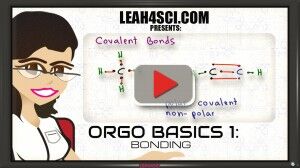 Video 1 – Ionic, Polar Covalent and Non-Polar Covalent Bonding
Video 1 – Ionic, Polar Covalent and Non-Polar Covalent Bonding
Learning these concepts will help you recognize strong/weak bonds and bonds that can or can’t be broken. These are crucial to understanding reactions.
Click here for an in-depth overview (+ videos) of sp³, sp² and sp Hybridization, Geometry and Bond Angles.
Video 2 – sp3 Hybridization and Bond Angles
Carbon must have 4 bonds. This ability of binding 4 different atoms for a 3-D structure is unique to organic compounds. For more on sp3 hybridization for carbon and other atoms, geometry and bond angle, see my video below.
Video 3 – sp2 and sp Hybridization and Bond Angles
sp2 and sp hybrids give organic compounds unique shapes and reacting abilities. This video breaks down sp2 hybridization and sp fused orbitals using carbon and other atoms to help you understand hybrids, geometry, and bond angles.
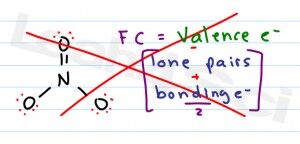 Learn the Formal Charge Formula Shortcut
Learn the Formal Charge Formula Shortcut
Formal charge calculations are taught as a complicated and confusing process. This detailed written tutorial will teach you my quick shortcut and is followed by lots of practice questions. (Video below included in this tutorial.)
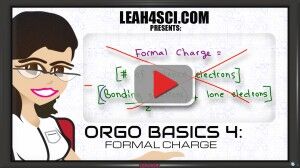 Video 4 – Formal Charge Calculation Shortcut
Video 4 – Formal Charge Calculation Shortcut
Simply calculate which atom carries charge. Later, you’ll be using FC to identify reactive intermediates and reaction patterns. So let's get it mastered now!
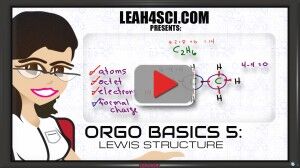 Video 5- Lewis Structure for Organic Chemistry Molecules
Video 5- Lewis Structure for Organic Chemistry Molecules
“What's the correct structure???” Ensure you are on the right track with this video. Simply draw every atom, bond, and lone electron pair.
Covering radicals as well? Watch: Draw Lewis Structures for Radicals.
Need even more practice with Lewis Structures, Shape, Hybridization, and Polarity? Watch here!
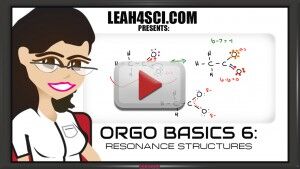 Video 6 – Resonance Structures
Video 6 – Resonance Structures
Resonance structures shows the movement of electrons between adjacent atoms.
This will affect the way we understand the molecule including what it looks like, its reactivity, and more.
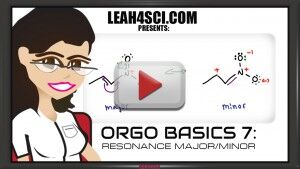 Video 7 – Major / Minor Resonance Contributors
Video 7 – Major / Minor Resonance Contributors
Which Resonance structure is the most accurate? Learn how to find the most stable & least stable resonance structures and how to identify it among all the contributing structures.
To review these topics go back and watch my Intro To Orgo video series.
The above Orgo Foundation series requires a proper understanding of general chemistry basics including
- Atomic structure
- Subatomic particles
- Periodic table and trends
- Atomic shapes and orbitals
- Electron configuration
- Lewis dot diagram
- Octet rule
To test your knowledge on Gen Chem basics, check out my Gen Chem Review for Orgo Quiz!



